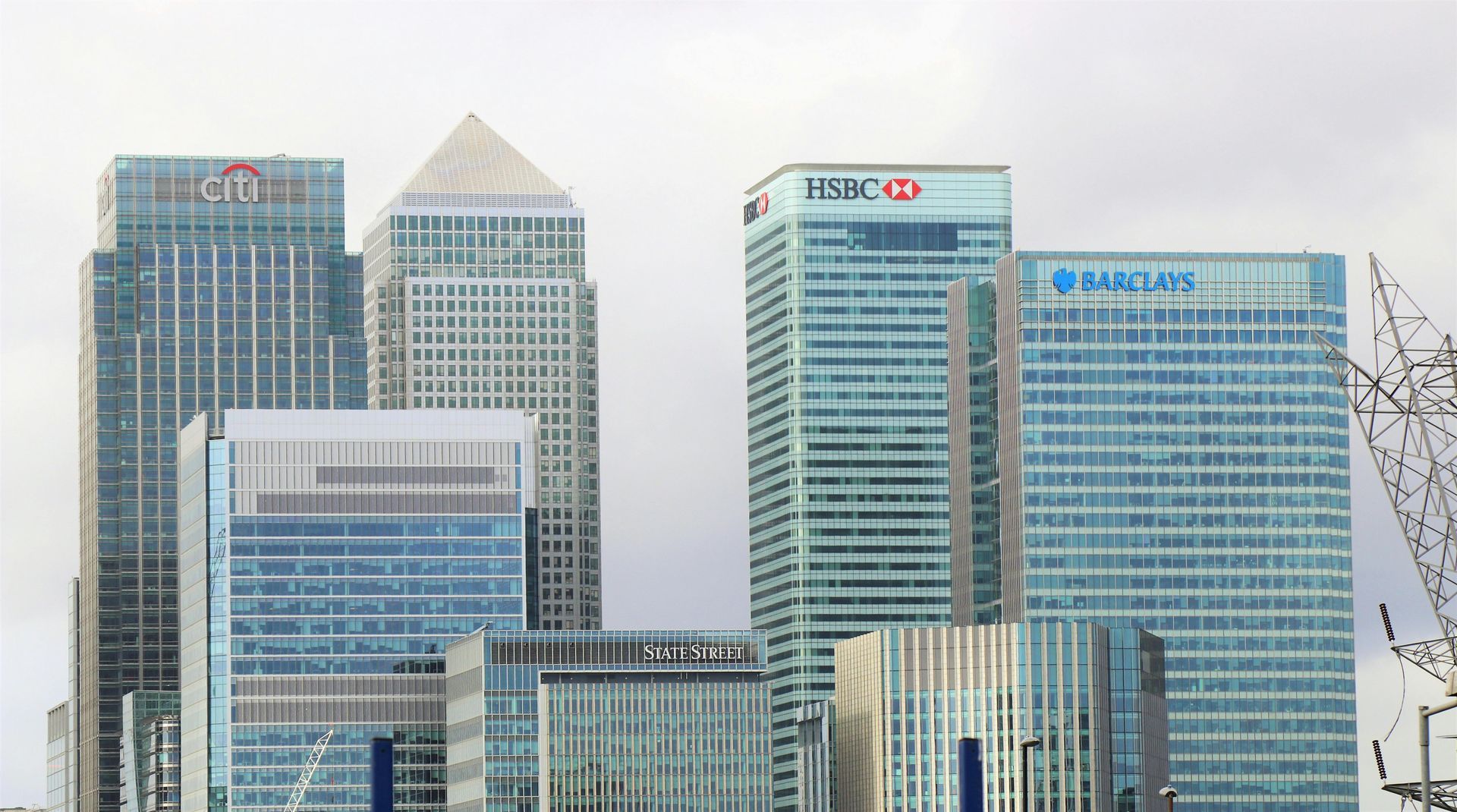

What we will see are billions of dollars to reinvigorate the economy, including stamp duty discounts and more.
The government will waive up to 50 per cent of stamp duty on homes worth up to $1 million – up from the previous $750,000 threshold – for the remainder of this financial year, as part of a range of policies under its 2020-21 budget.
This move was designed to encourage Victorians back into the property market. New builds will be eligible for the full discount while existing homes can get a waiver of 25 per cent. I know that this may not seem to be too much but in Victoria stamp duty is the most expensive cost when buying a property.
A $500 million Victorian Homebuyer Fund will be launched to help people who do not have a 20 per cent deposit buy homes. The fund will contribute to the purchase price in exchange for equity in the property.
The Government hopes a 50 per cent land tax discount to be introduced from 2022 will attract new investment in build-to-rent developments and boost housing supply by about 5,000 homes.
The contribution of stamp duty to the state's coffers will continue to grow despite the broader discount eligibility. The tax is anticipated to be worth $4.6 billion this financial year, and is estimated to grow steadily to $7 billion in 2023-24.
Land tax on build-to-rent developments will be halved from 2022 through to 2040 and the new dwellings will be exempt from the Absentee Owner Surcharge, which the government hopes will increase housing supply by 5000 jobs.
The government is also further encouraging investment in housing by making changes to planning rules that will incentivise private sector and construction investment and improve the delivery of government housing initiatives.
Once again we can see that the Australian economy strongly supports the property market in order to bring stability and opportunity to the country.
Are you in the market? Looking for an opportunity? Let’s have a chat!

“In a year when ‘home’ became increasingly central to our lives, we’re making sure more Victorians than ever have a roof over their heads,” Mr Pallas said.
share to



